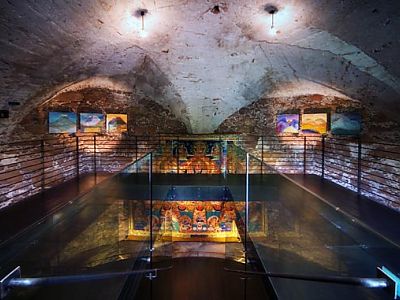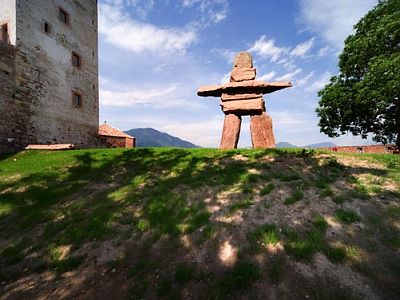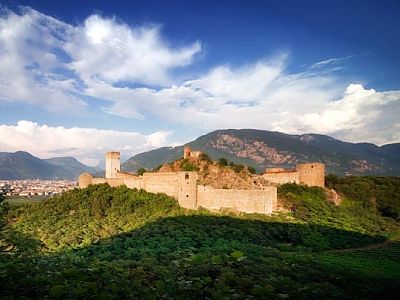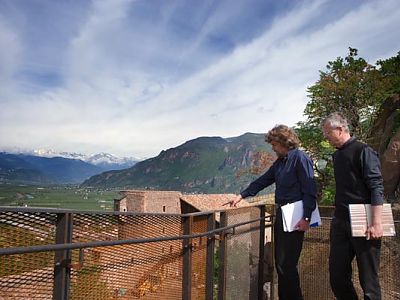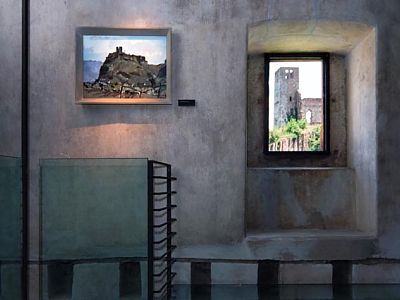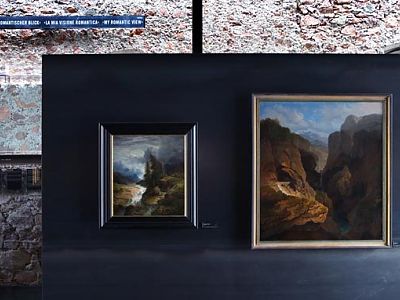Museum
The enchanted mountain: permanent and annual exhibition
Man's encounter with the mountains
As the centerpiece of the Messner Mountain Museum, MMM Firmian in Sigmundskron Castle near Bozen addresses the subject of man’s encounter with the mountains. In a setting dominated by various peaks between the Schlern and the Texel range, the museum is spacious enough to be organized as an itinerary between various works of art, installations and relics that it houses. The paths, stairs and towers lead visitors from the depths of the mountain, where their origins and exploitation are brought to life, and the religious significance of the peaks as an aid to orientation and a bridge to the beyond, to the history of mountaineering and the alpine tourist industry that we know today.
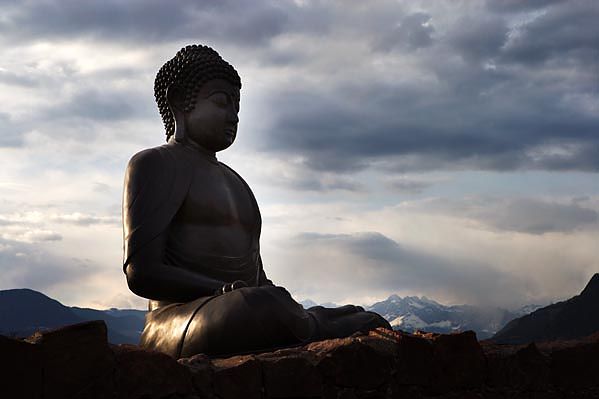
Annual exhibition 2024
THE FASCINATION OF THE MOUNTAINS: “KRISTALLSILBERFELSENBLEICH”
Wolfgang G. Bühler
In his current series “kristallsilberfelsenbleich”, the renowned artist Wolfgang G. Bühler presents impressive thoughts on the pictorial landscapes that he forms through his unique perspective on nature. Bühler understands “nature” not only as a whole, but views landscapes as independent portraits that reflect sections of natural forms.
In “kristallsilberfelsenbleich”, the artist transports us to a world beyond the tree line, where subtle light experiences and iridescent colours characterise the scenery. From pale green lichens and reddish-bluish rock formations to silver-grey, shimmering wafts of mist – Bühler's works capture the diversity and beauty of nature in abstract pictorial landscapes.
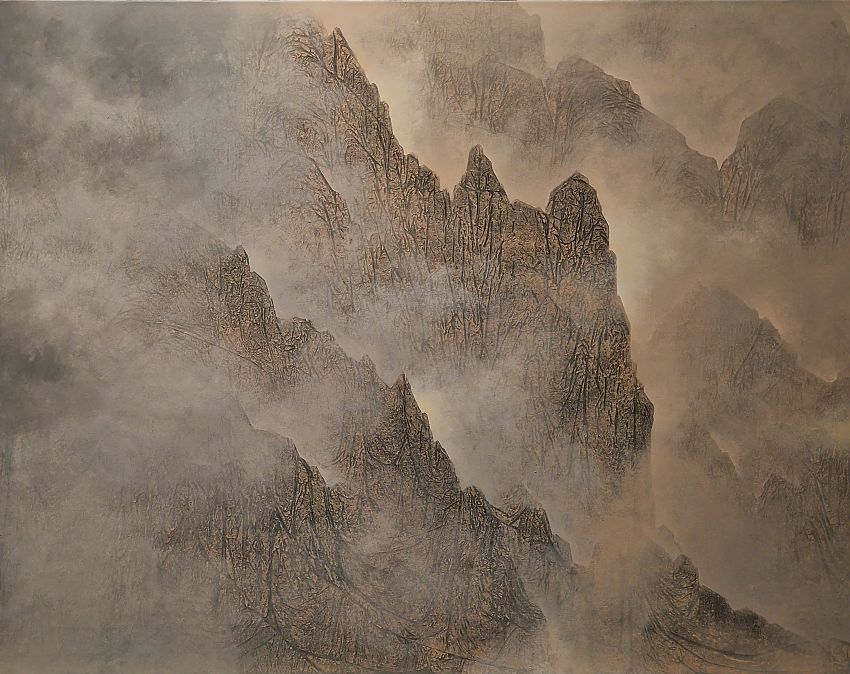
On the mountain, I never took two steps at once. If you want to go beyond existing limits, you have to proceed slowly, surely and constantly, step by step. Anyone who is in a hurry and misses out a step will stumble sooner or later.
Sigmundskron Castle:history & restoration
Formicaria
The castle squats on a porphyry spur of Mitterberg overlooking the confluence of the rivers Etsch and Eisack. Sigmundskron was always something special; it is one of the oldest castles in South Tyrol and, with its five-meter-thick walls, an early example of the art of fortified construction. 945 A.D. is the year of the earliest extant record of the castle, which at the time was called Formicaria (and later Formigar). In 1027 the Emperor Conrad II presented the castle to the Bishop of Trent. In the 12th century the castle passed to high-ranking civil servants, who thereupon called themselves “von Firmian”. Around 1473 Duke Sigmund the Wealthy, Prince of the Tyrol, bought the castle, had it converted into a fortress and changed its name to Sigmundskron. Only a few minor structures of the old Formigar Castle remained, mostly at the highest point of the grounds. Due to financial difficulties, however, Sigmund soon had to mortgage the castle, which subsequently fell into decay. At the end of the 18th century the castle belonged to the Earls of Wolkenstein, from 1807 to 1870 to the Earls of Sarnthein, and from then until 1994 to the Earls of Toggenburg.
The castle is a significant political symbol for the South Tyroleans. In 1957 the biggest demonstration in the history of South Tyrol took place there at the instigation of Silvius Magnago. More than 30,000 South Tyroleans gathered at the castle to protest the failure to implement the provisions of the Paris Agreement and to call for separate autonomy for South Tyrol (“Away from Trent”). The ruins of the castle were finally acquired by the Bozen provincial authority.
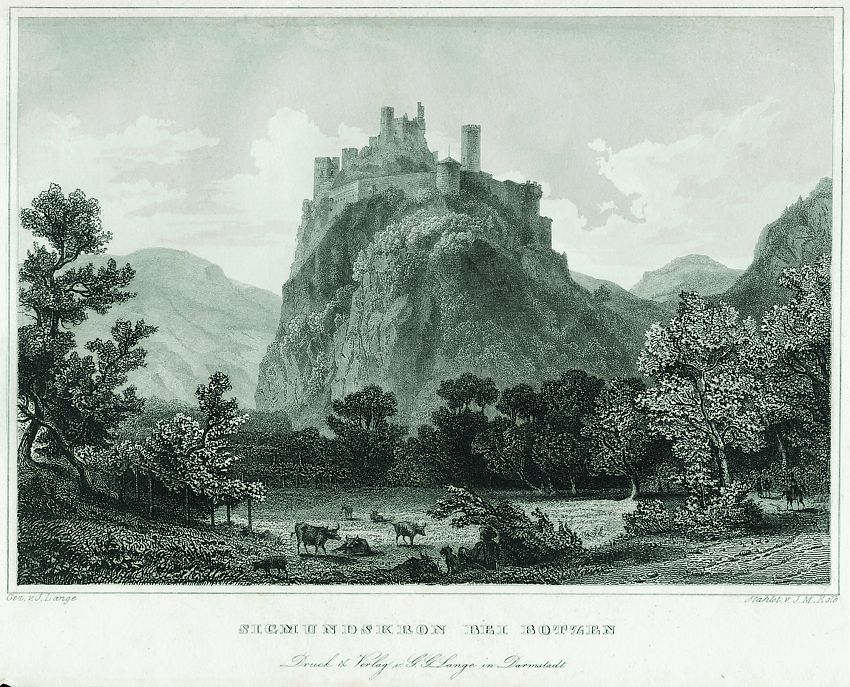
Conserving castles
With the architect Werner Tscholl, Messner found a kindred spirit for the refurbishment of the castle and the exhibition blueprint. Tscholl is a specialist in castle conservation; his primary objective is to preserve the original. The challenge at Sigmundskron was to preserve the historical walls of the castle and implement the necessary measures in such a way that they can be reversed whenever required. The new architecture remains in the background and serves merely as a stage for the exhibition. The glass roofs on the towers, for example, are not visible from the outside, nor are the various pipes and cable ducts. The architect restricted his choice of materials to steel, glass and iron as being both modern and timeless.

 Deutsch
Deutsch Italiano
Italiano

